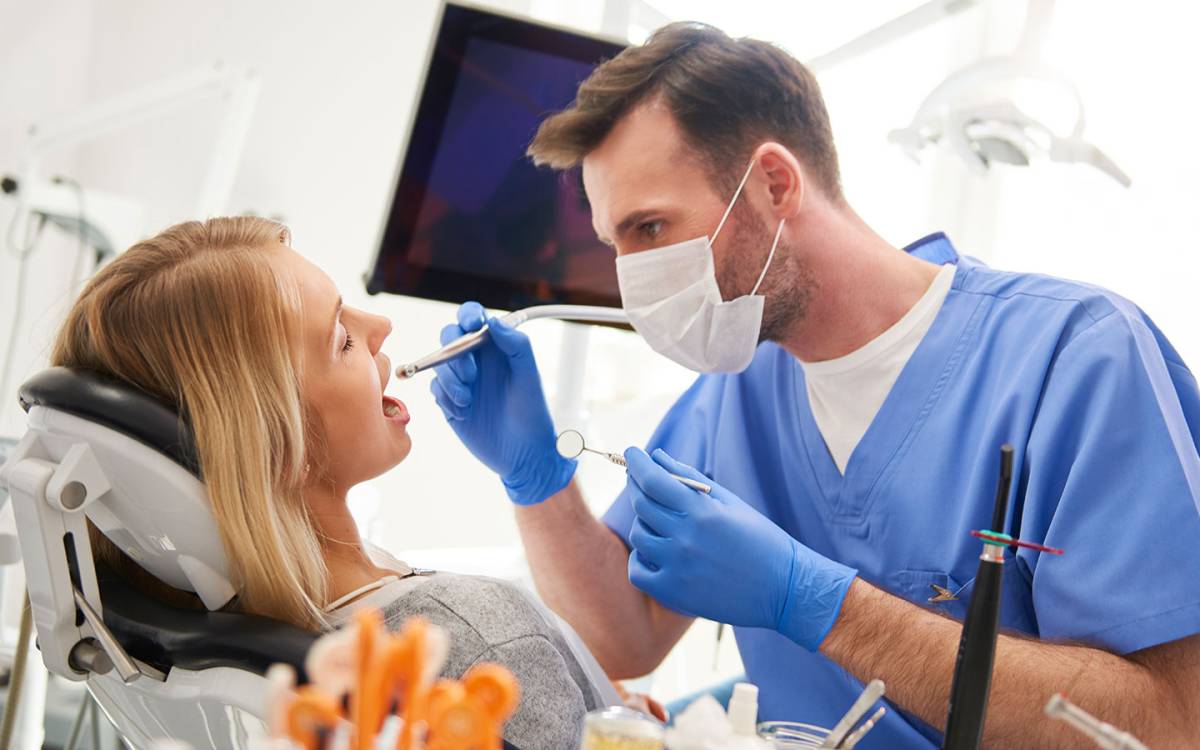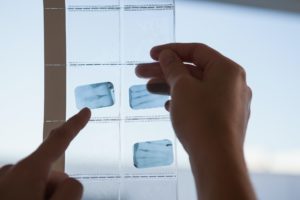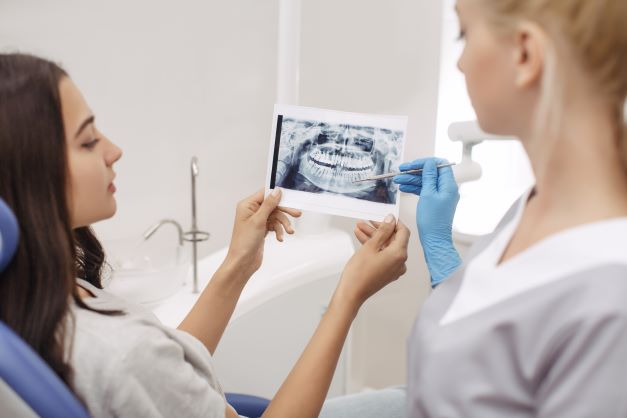Nowadays it is very common that when you visit your dentist, you are asked to take dental x rays. There are many reasons to take an x-ray, either dental (periapical) or panoramic, which will allow our dentists in Thousand Oaks, to be a fundamental tool to evaluate the parts of the mouth and detect hidden conditions that are not seen with the naked eye. This helps them to obtain an accurate diagnosis of some oral diseases, or to make a complete evaluation of all the structures.
They are images of the teeth and their neighboring structures that are obtained by an dental x rays machine. These devices emit electromagnetic waves that can pass through teeth, bone, and tissues and then to form an image on a “film”; this can be “analog” (conventional) or digital. There are different types of dental x rays; we have the intraoral and extraoral, being the most common the Periapical and Panoramic.
DOES IT HURT TO GET X-RAYS?
The evolution in technology has also led to safer dental X rays machines and decreased radiation effects.
The radiation that patients experience when taking modern dental X rays is extremely low, so it is no longer a problem.
Digital radiography makes it possible to reduce radiation, exposure time and improve image quality.












































